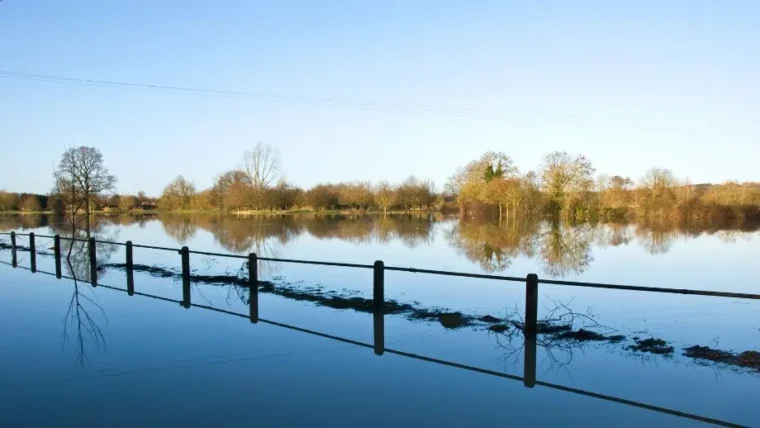Environmental Risk Assessments: what are they and why are they important?
21 April 2020

Importance of Environmental Risk Assessments
Risk is the possibility or likelihood that something bad may happen or a negative, unintended consequence may result from a given activity. Based on that definition of risk, environmental risk assessments can be defined as the combined evaluation of the risk of a given activity or hazard to the environment with an aim to characterise the potential adverse effects and uncertainties. Environmental risk assessments are incredibly important to ensure that organisations:
- Identify the likely risks associated with their activities;
- Consider and evaluate the environmental impact of those risks; and
- Implement the appropriate control measures to minimise, control and prevent those risks.
Recently, the Environment Agency (EA) and the Department for Environment, Food & Rural Affairs (DEFRA) updated the guidance on risk assessments for environmental permits (applicable only to England) which can be found here. The guidance provides information on when organisations must complete risk assessments for permit applications, how to complete risk assessments and instances when the EA will complete risk assessments for you (case specific).
- Standard Rules Permits: Generic risk assessments have been completed by the EA meaning as long as your meets all of the requirements when completing the permit application, risk assessments are not necessary.
- Bespoke Permits: Risk assessments have not been completed by the EA meaning your organisation must carry these out when completing the permit application.
- Case Specific Risk Assessments: If you are a farmer discharging certain substances to the ground or your organisation’s activities result in the discharge of domestic treated sewage to surface water or to the ground, you can request the EA complete your risk assessment.
Risk assessments should also be carried out when completing works under a Regulatory Position Statement (RPS). In these situations, risk assessments provide valuable evidence to the EA for how your activity meets the requirements of an RPS. It also demonstrates consideration for the environment when conducting hazardous activities.
When completing risk assessments, there are 5 key steps to follow:
- Identify and consider the sources of risk due to your site(s) activities; such as dust from material stockpiles, discharges to surface or groundwater and noise emissions.
- Identify receptors at risk from your activities where receptors may include people, flora and fauna and green spaces.
- Identify the possible pathways from sources to receptors or how the impact will travel from source to the receptor such as air, boreholes, land and drains.
- Assess the risks relevant to your site(s) activities according to a defined methodology such as likelihood x severity.
- State what control measures will be implemented if the risks are rated too high which may include spill kits, bunding, training and operational control procedures.
The format for risk assessments is not defined but best practice is to complete these in a tabular format with clear delineation of each step within the process. An example of this would be a table where the column headings are source, receptor, pathway, initial risk rating, control / mitigation measures and the associated residual risk rating.
Risk assessments should always be:
- Completed by a competent individual and external consultants may be required where internal competencies are not sufficient.
- Communicated to all individuals involved in the activity to ensure the information is correct and staff have knowledge of the appropriate control / mitigation measures.
Have there been instances when your organisation was caught out for not having robust risk assessments? It is important to have these in place before any activities are carried out.









